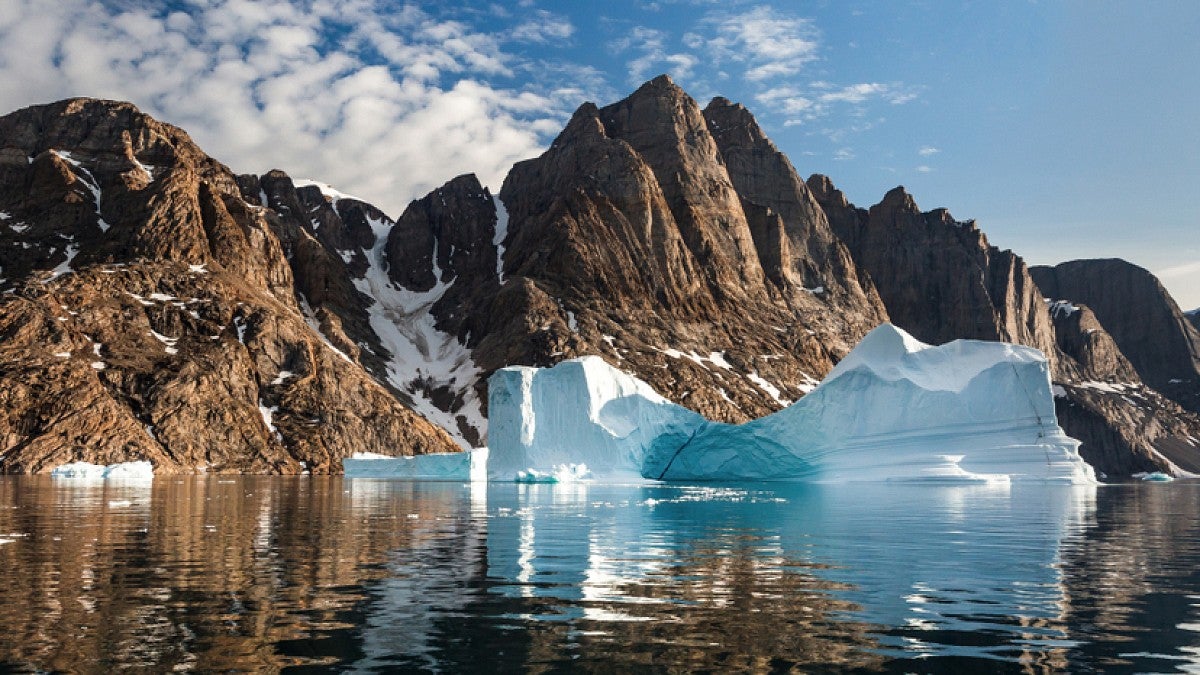UO geologist Greg Retallack has dirt on his hands — and at 3.7 billion years old, it might be some of the oldest dirt on Earth.
Found in a metamorphic rock formation in southwestern Greenland, the soil in question was exposed beneath a retreating ice cap and spotted during a helicopter survey by study co-author Nora Noffke. A sedimentologist at Old Dominion University, Noffke noticed certain soil-like characteristics in the exposed rock, including mudcracks and sand crystals.
She returned to the U.S. with samples in tow and teamed with Retallack, director of fossil collections at the Museum of Natural and Cultural History and an expert in fossil soils, to test the samples in the laboratory.
As the authors reported in a study published in the journal Palaeogeography, Palaeoclimatology, Palaeoecology, a series of geochemical and microscopic tests identified the sample as a likely paleosol: an ancient soil that formed as physical, chemical or biological processes altered it from its parent rock.
Retallack said that the paleosol provides a glimpse into landscapes and climates early in the planet’s history.
“This soil profile is exceptional in giving us a view of conditions on land much earlier than was available before,” Retallack said. “The Earth would have been uninhabitable by humans or other animals, because the minerals in the soil show that there was very little oxygen in the air. Weathering back then was also odd, because it was more like acid-sulfate weathering of desert crusts than modern weathering by rain and plants. Such acid sulfate paleosols have also been found on Mars, where they are also about 3.7 billion years old.”
The authors also found signs that living organisms may have inhabited the soil, making it some of the earliest evidence of life on land.
“The characteristic isotopic ratios of carbon throughout the paleosol are tantalizing indications of life on land much further back in time than previously thought,” Retallack said. “Although the origin of life has been envisaged in warm little ponds or scalding hot submarine springs, this discovery encourages those who think that life originated in soil.”
Thin sections of the rock have been archived as specimens in the museum’s Condon Collection of Fossils, and Retallack and Noffke are planning additional investigations to find out more about the organic compounds in the rock.
—By Kristin Strommer, Museum of Natural and Cultural History


